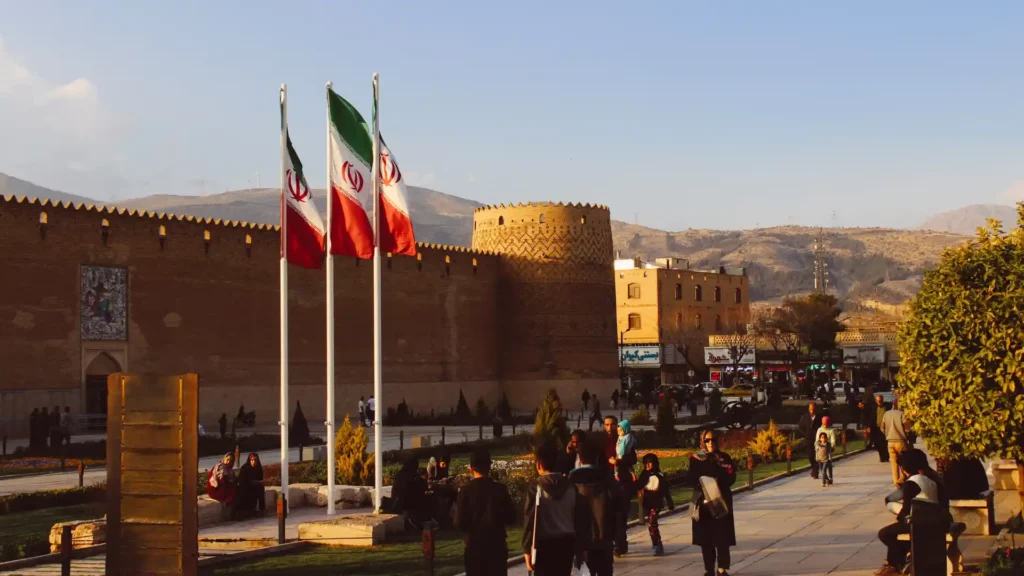The US elections in November are the biggest unknown that could determine whether the incoming Iranian president succeeds or fails
Analysts said any improvement in Iran’s economic situation would depend on how quickly reformist president-elect Masoud Pezeshkian can rein in rampant inflation and lessen the effects of the harsh Western sanctions before they are lifted.
After defeating conservative challenger Saeed Jalili in Friday’s runoff election, Mr. Pezeshkian, 69, was voted president of Iran. His agenda is anticipated to differ significantly from that of his predecessor, the late Ebrahim Raisi, a cleric and former member of the Iranian judiciary.
The heart surgeon-turned-politician, who is scheduled to take office next month, has stated that her primary priorities are to revive the 2015 nuclear pact, which aimed to reduce Tehran‘s nuclear activity in exchange for the lifting of sanctions and to pursue reforms to promote the nation’s economic growth.
The US elections in November are the biggest unknown that could determine whether the incoming president succeeds or fails.
One of the contenders for the White House is Donald Trump, who renounced the agreement during his previous administration. He is in a close battle with Joe Biden.
Iran may agree to limited sanctions relief in exchange for modest changes to its nuclear program, such as limiting enrichment and allowing IAEA monitors to return. The hardliners who control Iran’s Supreme National Security Council are most likely to support this strategy, he said.
But the rate of economic expansion as it stands now is “insufficient to lift the country’s middle and working classes.” “There will therefore be significant pressure on the Pezeshkian administration to pursue major… reforms, including sanctions relief, to help ordinary Iranians meet their economic potential, even though the economic situation will appear to be somewhat stable.”
Increasing Inflation
The incoming president and his team of advisors on economic strategy will also need to pay close attention to inflation because consumer prices increased by 45.8% last year.
According to the IMF, inflation will continue to be high at 37.5% even if it is predicted to drop this year.
According to the World Bank, Iran has had a “chronic economic challenge” due to high consumer price inflation, with annual inflation rates averaging above 20% for the last 40 years.
The problem has gotten worse recently, with low-income people’s lives being negatively impacted by a record four-year sequence of inflation above 40%.
Iran’s ability to address the inflation issue also depends on the sanctions being lifted, or at the very least, being loosened.
Despite the fact that inflation has decreased over the previous year, Mr. Batmanghelidj stated that “it may prove difficult for Pezeshkian’s economic team to drive it down further without major improvements in Iran’s trade balance, fiscal position, or access to central bank reserves.”
“Sanctions have tied Iranian policymakers’ hands in each of those areas.”
Fighting Corruption
According to Mr. Farzanegan, sanctions have had a significant role in driving up trade, transaction, and production costs in recent years, as well as fueling an increase in corruption.
According to Alex Vatanka, senior scholar and founding director of the Middle East Institute’s Iran program at the Middle East Institute in Washington, Iran’s economic resurgence requires a different attitude to the outside world. However, before changing its foreign policy, Iran must address corruption.
According to Mr. Vatanka, the nation must first “roll back the power of illicit networks that have emerged in the last 20 years or so in the effort to circumvent sanctions as Tehran tried to sell its oil” before it can begin to develop investment prospects for investors.
Then there are managerial concerns in Iran, such as the need to combat nepotism and corruption. All in all, it’s a lofty order, and only time will tell if Pezeshkian succeeds in uniting the rest of the regime in his ambitious efforts to transform Iran’s economic situation.
Plummeting of Iran’s Currency Value
One of the challenges confronting the next president is the rapid depreciation of the Iranian currency. The Iranian rial recovered to roughly 596,000 a dollar after the election results were released, according to statistics from currency trading web bonbast.com. The rial had previously touched a record low of more than 705,000 against the US dollar in April following the nation’s missile strike against Israel.
Fitch Ratings predicted that the Iranian currency will continue to weaken this year “due to heightened geopolitical tensions and investor worries surrounding the US presidential election in November,” despite the country having a reformist president in charge.
Given that the public sector makes up between 70 and 80 percent of Iran’s GDP overall, the president is essential in directing the nation’s resources in the path he has decided upon.
According to Mr. Ghodsi, the country can anticipate average growth rates of roughly 4% if significant institutional reforms are implemented, driven by industrial expansion rather than oil exports.
It will be interesting to observe if Pezeshkian’s policies continue the inflationary direct cash giveaway policies that started during the Ahmadinejad era or result in a rise in public and private investment, which would eliminate poverty and create jobs.
